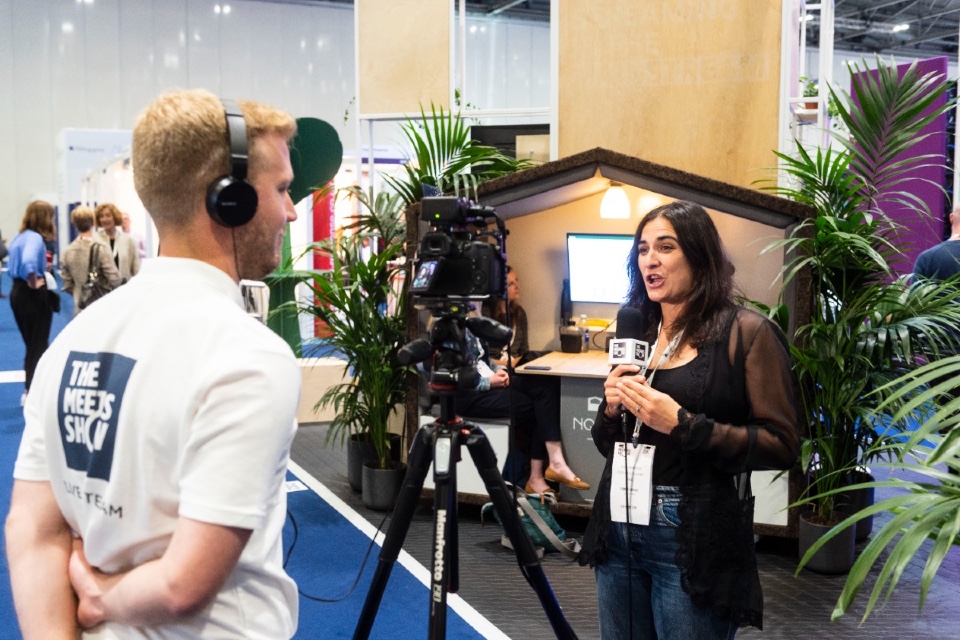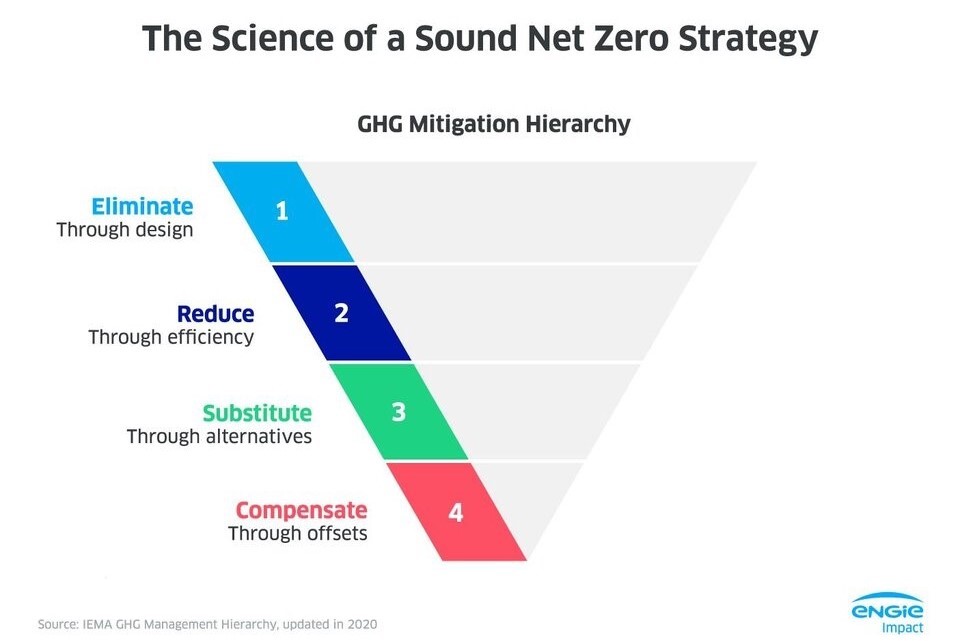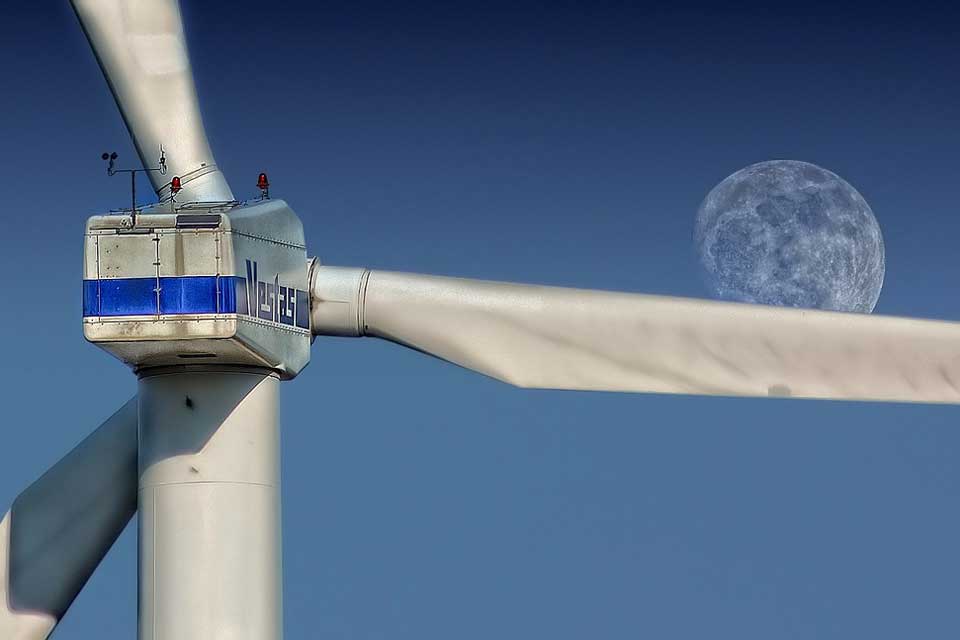Carbon emissions reduction ‘requires rigorous compliance’ to net zero strategies
https://energymanagementsummit.co.uk/wp-content/uploads/2023/10/gas.jpg 960 640 Stuart O'Brien Stuart O'Brien https://secure.gravatar.com/avatar/81af0597d5c9bfe2231f1397b411745a?s=96&d=mm&r=gThe carbon-intensive oil and gas industry is undergoing massive disruption with more countries and companies trying to implement net zero emissions by 2050 – but tackling emissions and supporting low-carbon industries will require a combination of well-designed regulation and increased investment in decarbonisation.
That’s according to GlobalData, which cites that greenhouse gas (GHG) emissions generated by oil and gas operations—also known as Scope 1 & 2 emissions—were reportedly accounted for 15% of the total energy-related emissions worldwide in 2022.
A further 40% of the energy-related emissions came from the use of oil and gas for power generation, heating, vehicle fuel, and industrial processes, also known as Scope 3 emissions. Against this backdrop, developed countries are aiming for net zero by 2050 while developing countries like China and India are aiming for 2060 and 2070, respectively.
GlobalData’s thematic report, “Net Zero Strategies in Oil & Gas,” provides an overview of the efforts to mitigate emissions from the oil and gas industry. It benchmarks leading companies, such as BP, Equinor, ExxonMobil, TotalEnergies, and Shell, based on their emissions and net zero commitments.
Ravindra Puranik, Oil and Gas Analyst at GlobalData, comments: “Oil and gas companies are currently working to reduce scope 1 and 2 emissions, generated by their operations. Several leading companies have set themselves the target to reach operational net zero emissions by 2050. To achieve this, companies are focusing on adopting new technologies, such as low-carbon hydrogen, carbon capture and storage; and making other operational changes like building renewable energy and biofuels capacities.”

The 2021 United Nations Climate Change Conference (COP26) conference had called upon the participating countries to develop long-term net zero strategies. The COP27 summit of 2022 encouraged countries to consider nature-based solutions. The upcoming COP28 summits hopes to make grounds to fast-track energy transition and significantly reduce emissions before 2030.
Barbara Monterrubio, Energy Transition Managing Analyst at GlobalData, said: “To support global commitments towards climate change, countries and regulatory bodies have started introducing emissions trading systems or enhancing existing ones. This is pushing companies to strengthen internal targets and diversify their portfolios into clean and sustainable products and technologies. Even when the mitigation strategies approached by each company are different, they all converge on reducing emissions intensity and cutting operational emissions, reduce and stop flaring and include renewable technologies.”
Most net zero targets set by oil and gas companies cover Scope 1 and 2 emissions. To reduce Scope 3 emissions, oil and gas companies are switching their products to lower-carbon sources of energy including hydrogen, LNG, biofuels, and renewables.
Monterrubio concluded: “Even when a fast progress is being made in tackling upstream and downstream emissions, switching to low carbon products is a long-term process, with many oil and gas majors in the early stages of their energy transition strategy. A combination of well-designed regulations as well as huge investments are needed to tackle emissions and support low-carbon industry.”
Photo by Sugarman Joe on Unsplash












